DJ TELAVIV Delivers ‘DJcity Podcast’ Mix

DJ TELAVIV is from Busto Arsizio, Italy. He's the official DJ for Italian rapper Emis Killa and a resident DJ at Habitat. DJ TELAVIV is also a sound engine...
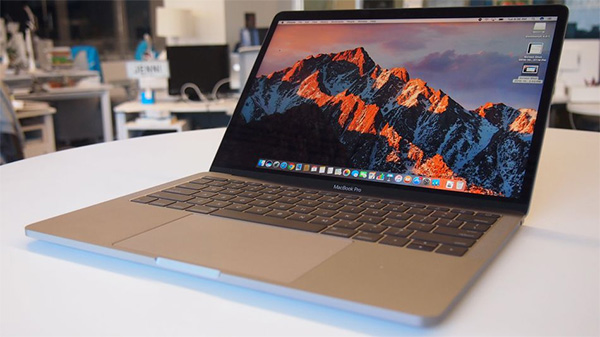
Photo credit: Lance Ulanoff/Mashable
The USB 3.1 standard and its accompanying USB-C connector have been around since 2013 and 2014, respectively. They’ve been used in many phones, Windows computers, and Apple’s 12-inch MacBook over the last year. However, DJs have had little reason to pay attention to USB 3.1 and USB-C until recently.
On October 27, Apple unveiled its new MacBook Pro, which does away with the traditional USB ports and replaces them with four Thunderbolt 3/USB-C ports (Thunderbolt 3 and USB-C use the same connector). The elimination of the classic USB ports, which is the standard for most DJ equipment, has sparked panic in the DJ community. However, despite the concern, DJs have nothing to worry about.
USB 3.1 is the latest USB standard
USB 3.1 is the most recent USB standard. The fundamental difference between each specification comes down to how fast they can transfer data, and how much power they can draw from or send to a device. In the case of USB 3.1, that means up to a 10Gbps transfer rate (double that of USB 3.0). It also means enough power to charge a 15-inch laptop like the MacBook Pro, instead of just smartphones.
USB specifications are backward compatible
You can plug a USB 2.0 device into a USB 3.0 socket, and vice-versa (provided the ports match up). You won’t see an increase in data transfer –- the chain always defaults to the slowest link –- but you can still transfer data. The same applies to USB 3.1.
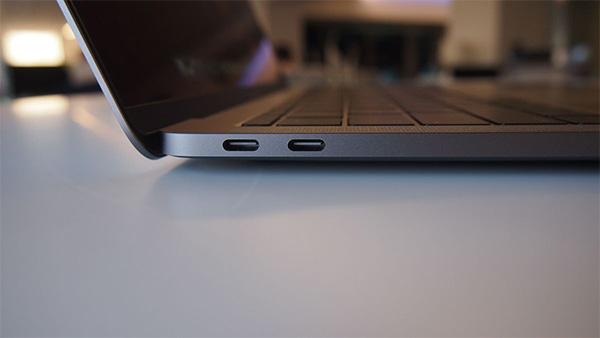 Photo credit: Lance Ulanoff/Mashable
Photo credit: Lance Ulanoff/Mashable
USB-C is just a type of connector
There are many different types of USB connectors, all of which support the same USB protocol. For example, there’s no reason that you can’t connect a Rane SL interface into a USB-C port on a laptop. However, you’ll need a cable with a USB-C on one side (for the laptop) and USB-B on the other (for the SL box). You can also use an adaptor.
However, the cables are reversible in a “pure” USB-C system. That means that cables must be designed to detect which way they are connected so that power and data flow in the right direction. Cables that aren’t designed with that capability could potentially damage your equipment. Because of this, we recommend only buying USB-C cables and adapters from known brand name vendors like Apple and Belkin.
Thunderbolt 3 doesn’t affect DJ hardware
One of the cool things about the new MacBook Pro is that its ports aren’t limited to USB. As mentioned above, they also support Thunderbolt 3. For example, you can plug a Thunderbolt 3 external hard drive into one of the ports and transfer data at speeds up to 40Gbps, depending on the cable used. You can even use a regular (good quality) USB-C cable in that situation. The connectors also support power, internet, and video (HDMI, VGA, DisplayPort, and Thunderbolt). So, if your only concern is connecting an audio interface or controller to your MacBook Pro, you don’t have to worry about the port’s other capabilities.
Conclusion
At the end of the day, there’s no reason for DJs to freak out about the Macbook Pro’s new ports or any other computer with similar technology. While it’s unlikely that we’ll see new DJ equipment with USB-C anytime soon, it’s important to know that the MacBook’s new USB ports won’t impact your ability to connect to your existing USB gear. You might need some new cables or adapters, but that should be the worst of it.
Check out CNET’s recent article to learn more about USB-C and Thunderbolt 3.
Anthony Polis contributed to this article.

DJ TELAVIV is from Busto Arsizio, Italy. He's the official DJ for Italian rapper Emis Killa and a resident DJ at Habitat. DJ TELAVIV is also a sound engine...

DJ Stew is from France and now based in Oslo, Norway. He is the official DJ for the international dance competition "Juste Debout." Stream or download his...
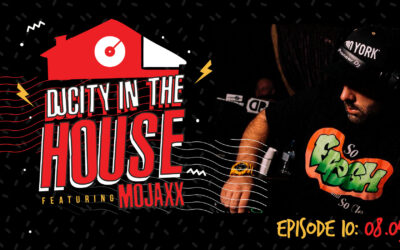
Every Thursday, Tips and Tricks host, Mojaxx showcases DJcity's brand new house releases and exclusives on DJcity's weekly Mixcloud series, DJcity in the H...

Danero is a DJ from Aachen, Germany. He's a resident at the Nox in Aachen and the Soul Express party. He’s shared the stage with artist like Tyga, Lil Jon...
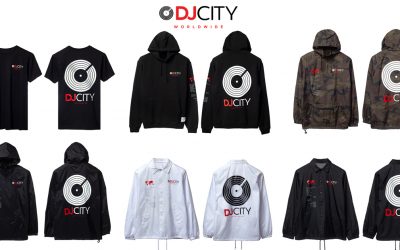
It's an international affair: DJcity has released its "Worldwide" apparel collection, featuring new tees, hoodies, coach jackets, and windbreakers. Now ava...

DJ and producer from Heidelberg Germany, Boulevard Bou presents his DJcity Podcast. He hosts the "Groove Night Radio Show" on bigFM and is also part of the...

DJ Metino is a DJ/producer from Vienna, Austria. He's part of the producer duo RVNTIME and an official Belair Black Bottle Boys representative. Stream or d...

DJ Maick is from Marano Vicentino, Italy. He's a resident at Palladium, NordEst, and Nu Club in Vicenza. Stream or download his DJcity Podcast mix below. F...
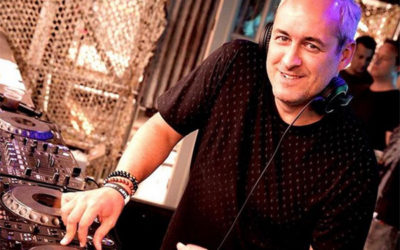
From Antwerp, Belgium Dave Lambert is one of the most influential DJ's in the Belgian house scene. Playing at all the big events like Sensation White, Tomo...
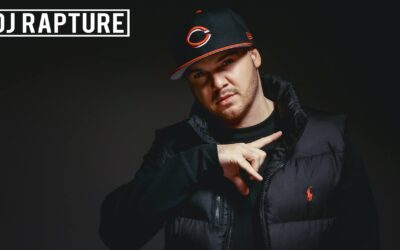
Germany's DJ Rapture returns with another club influenced single featuring RnB singer Najja. The tropical vibez influenced track comes with a nice video sh...